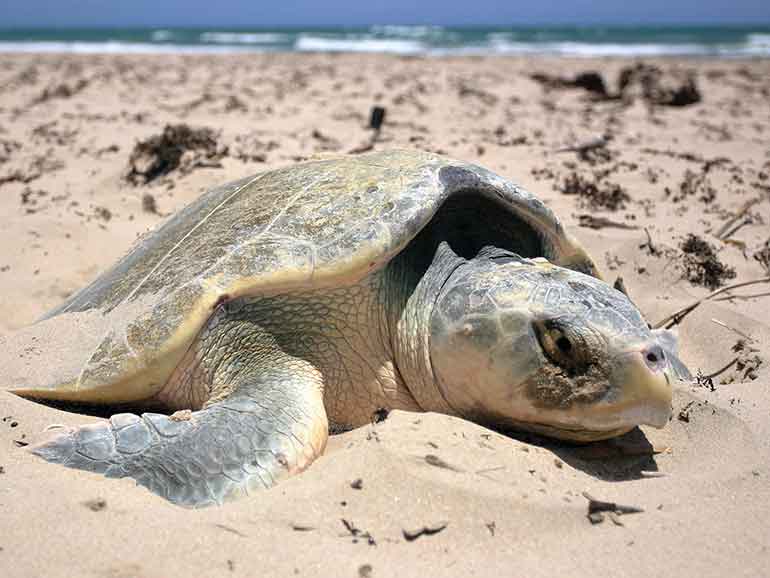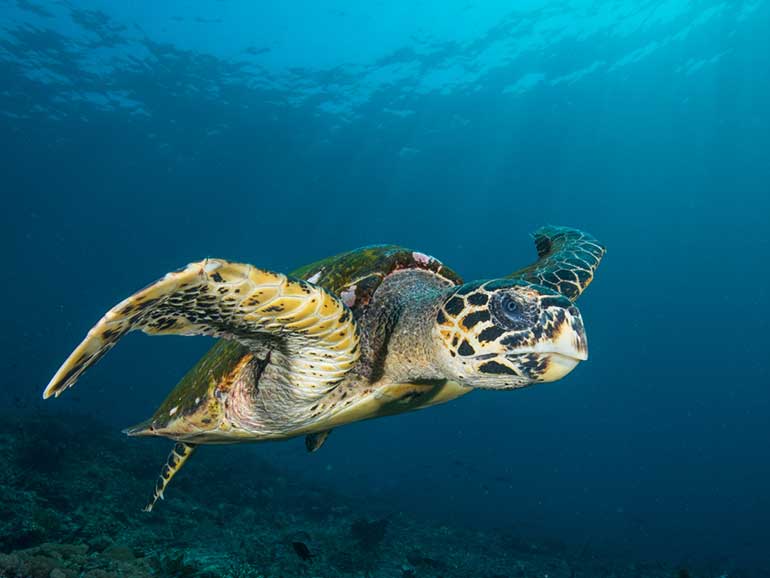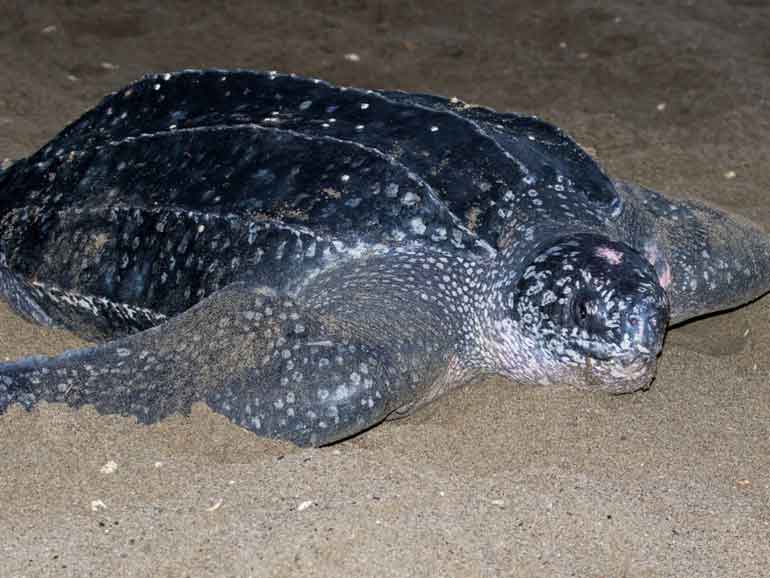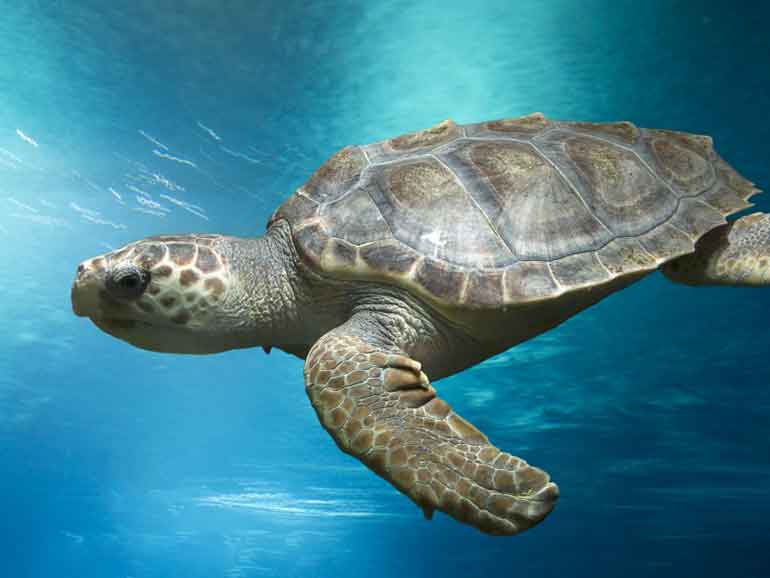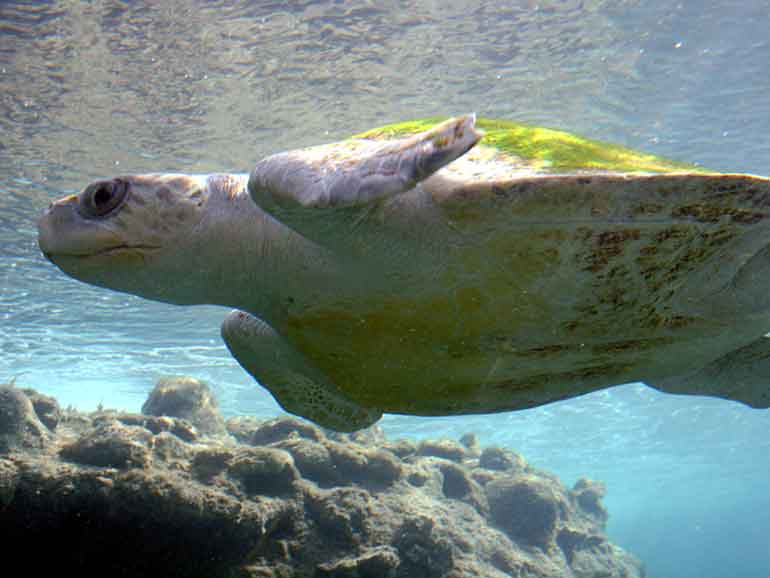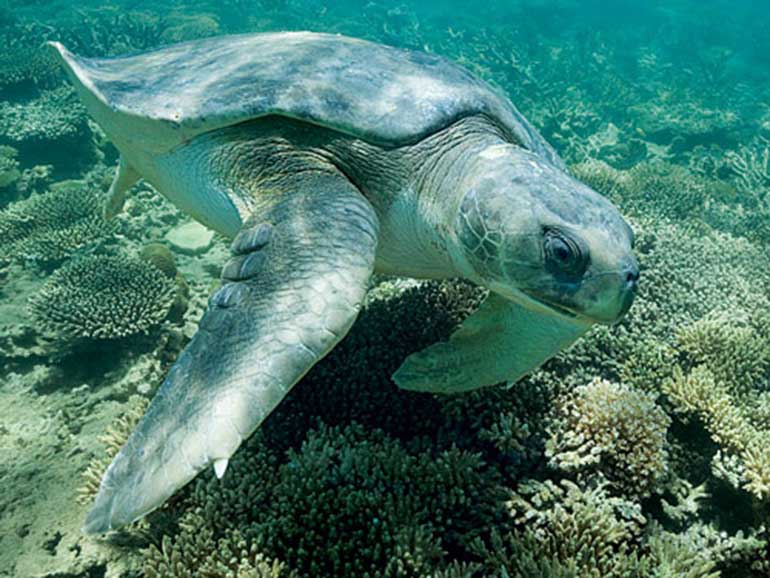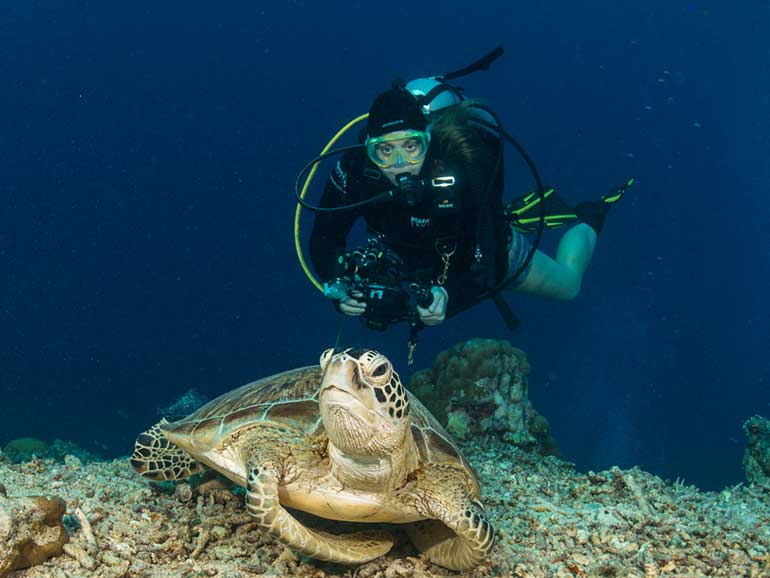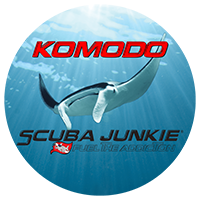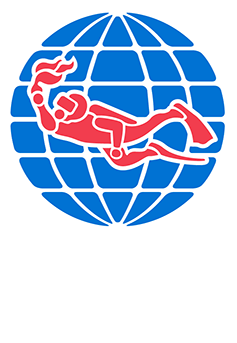It is often the case that the Manta Rays get all the attention, and whilst we love them and their graceful ways, there are many other marine species that are equally as fascinating to look at and that we see regularly in the Komodo National Park.
Take for example…THE TURTLE!! Known by many as the chilled out surfer type from Finding Nemo, these guys were perfectly cast in the role. What else do we know about this amazing marine creature?
There are seven species of Sea Turtle
Kemp’s Ridley Turtle (Lepidochelys Kempil)
- These are one of the smallest of the sea turtles, weighing only 100lbs (45KG). They eat swimming crabs, jellyfish and a variety of molluscs.
- Every year, at the same time and same place, thousands of Kemps Ridley sea turtles come ashore to lay their eggs on the beach. This is known as an arribada.
- They are the most severely endangered marine turtle in the world – although they are showing signs of recovery!
Hawksbill Turtles (Eretmochelys imbricata)
- Generally a smaller species of turtle, but they can get up to 200lbs (91kg)
- They predominantly feed on sponges, so the adults are often found living among healthy coral reef communities
- The strongly hooked beak on the narrow head gives them their distinctive look and name. They use this for eating sponges
Leatherback turtle (Dermochelys Coriacea)
- The largest species of sea turtle – growing up to 6.5 ft (2m)!!
- They differ from other marine turtles in that they have a thick leathery carapace instead of a hard bony shell, and also they can survive in colder water
- Their jaws are too weak to eat hard bodied prey, so they mostly eat jellyfish and salps
- The females have a characteristic pink spot on their heads
Loggerhead Turtle (Caretta Ceretta)
- Their names come from their large heads and strong jaws, this allows them to eat prey with hard shells, like big marine snails.
- It has the widest spread distribution of all the sea turtles
Olive Ridley Turtle (Lepidochelys Olivacea)
- Similar to Kemp’s Ridley turtles, they take part in massive nestings that can involved 150,000 individual turtles at one time
- They can dive down 150m searching for prey
Flatback Sea Turtle (Natator Depressus)
- They have a very limited distribution
- They are characterised by their very flat carapace
- Flatback turtle eggs incubated below 29 degree celcius will be male, whereas eggs incubated above that will be female
Green Turtle (Chelonia mydas)
- They mostly feed on plants like seagrass and algae. The pigment from their green diet colours their fat green – which is where the name comes from.
- Populations in nesting green turtles are estimated to have dropped by 48% – 65% in the past 100 – 150 years.
- Recent studies do suggest that marine protected area are benefitting the turtles
All species of turtles are endangered or critically endangered – you can check out the IUCN red list for more information about this.
We are lucky enough to see three species of turtle in the Komodo National Park – Green Turtles, Hawksbill Turtles and Loggerhead turtles. With the area being protected we hope that numbers of turtles in the area, and across the globe, will start to increase.
Thank you to google for some of the photos!

